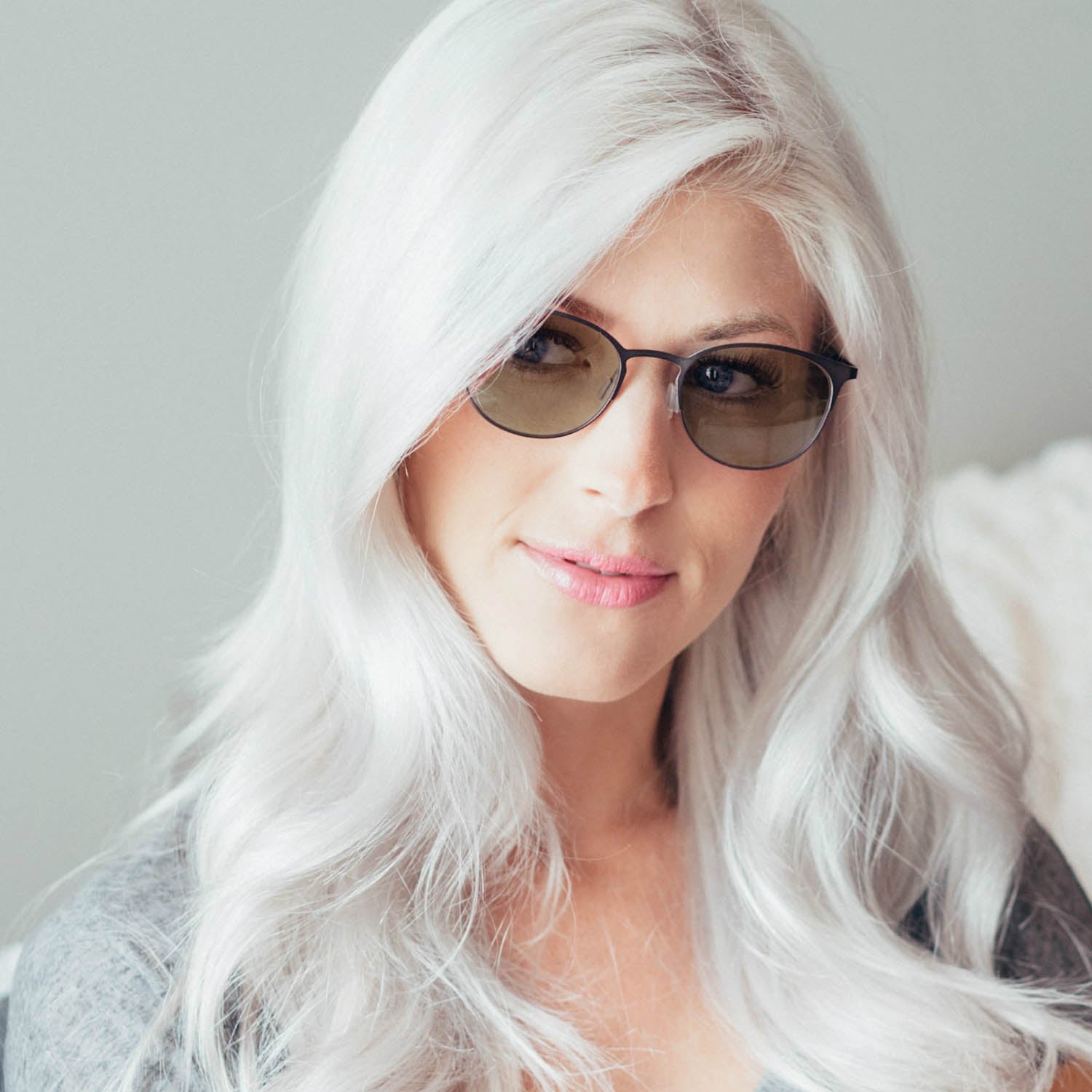
Blepharospasm Treatment
If you have blepharospasm (BEB), you also most likely have light sensitivity (photophobia). Studies have shown that a certain type of lens could help reduce blink frequency, light sensitivity, and blepharospasm severity.
We created an evolved lens technology and made it block significantly more harmful light by re-engineering lens design processes for over 10 years, and then affixed it to stylish (and high quality) frames people actually want to wear!
Try for 60-DaysWhat Does Science Say?
A team of researchers conducted a study at the University of Utah that analyzed how this lens affects patients with blepharospasm. It was a 6-week study with fifty-six blepharospasm sufferers. Here are the findings:
Reduced blink frequency by 20% on average
Blepharospasm frequency improvement
Light sensitivity improvement
Blepharospasm severity improvement
What is Blepharospasm?
This movement disorder of the eyelids affects an estimated 5 out of every 100,000 people, mostly women, with the average age of onset being 56. Blepharospasm symptoms interfere significantly with visual performance, quality of life, and activities of daily living such as driving, reading, and shopping.

What Causes Blepharospasm?
At the moment, the cause of blepharospasm is unknown. However, we do know that it most likely has to do with our basal ganglion, a part of the brain in charge of controlling the muscles.
In a few rare cases, the development of blepharospasm is hereditary.

Could Our Glasses Help Your Blepharospasm?
Since everyone has a unique genetic makeup, there's no way to definitively say that a particular treatment will be effective.
What we do have, however, is science! We know that many people who have blepharospasm also have light sensitivity (photophobia). Also, we know that the FL-41 tint, a blue blocker, has been shown to reduce the blink frequency of blepharospasm patients and that the tint is used as a light management tool for photophobia. However, lens technology has evolved since FL-41 was created in the 1980s. The Avulux® lens used in Axon Optics glasses is a clinically proven lens and it filters up to 97% of harmful blue, amber, and red light while allowing soothing green light through. Avulux lenses filter over 85% of blue light where it matters most. That is more than double the blue light filtration of a typical FL-41 lens.
We offer a generous 60-day return policy so you can be sure you're happy with your Axon Optics.
Multiple Frame Options
Standard Protection
Standard glasses blocks most light.
Peripheral Protection
Glasses block additional light from sides due to curved lenses and frame.
Max Protection
Curved lenses, frame, and inner gasket provide maximum protection from light.
Prescription Protection
This style frame fits over prescriptions frames.
Minimal Risk
Unlike most treatments for blepharospasm (Botox, pharmaceutical drugs, invasive surgeries), wearing a light management tool like Axon Optics powered by Avulux® Migraine & Light Sensitivity Lenses is free of side effects. If you're unsatisfied, you can send them back within 60 days for a quick refund.







